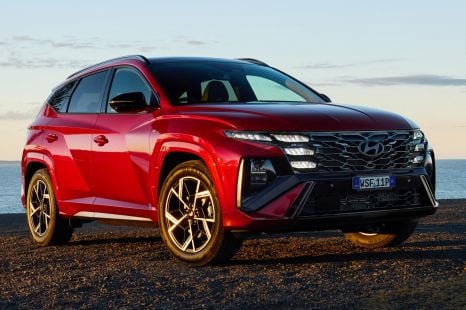

James Wong
6 Days Ago

News Editor
Bentley will end production of its iconic W12 engine in April 2024, sending it off in the exclusive Batur.
Just 18 examples of the Batur will be handcrafted by the brand’s Mulliner division, powered by an uprated version of the twin-turbocharged 6.0-litre W12 producing 552kW of power at 5500rpm and 1000Nm of torque between 1750 and 5000rpm.
It has received reworked intake, exhaust and cooling systems to free up the extra power and torque, along with a heavily revised engine calibration. The transmission has also been recalibrated to handle the extra grunt.
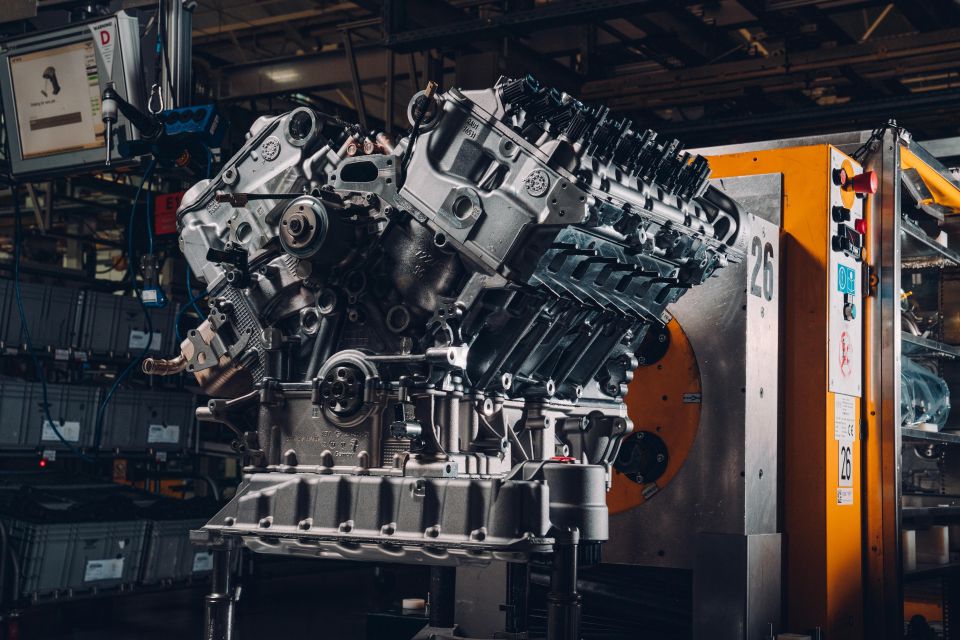
The turbocharger compressors are new, with air fed to them via ducts 33 per cent larger, while larger charge-air coolers have also been installed.
All Baturs have been sold, though a “limited number” of Continental GT, Bentayga and Flying Spur Speed editions plus Mulliner versions of the Continental GT and Flying Spur can still be ordered with a 485kW version of the W12.
Bentley expects demand to be high for these final 12-cylinder models.
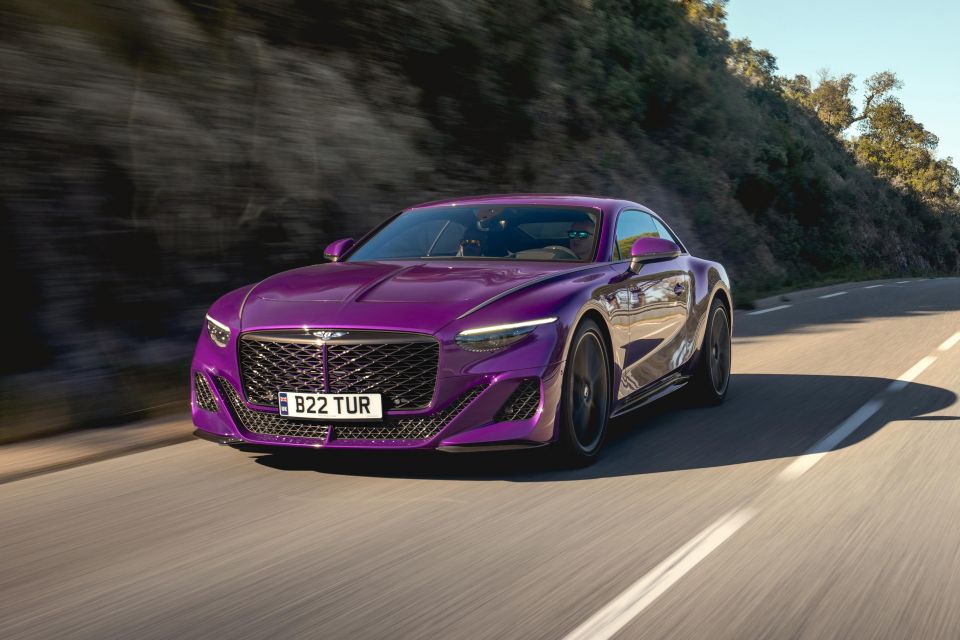
“The 750 PS titan that Mulliner has created for the Batur marks the end of a development journey of which our engineering and manufacturing colleagues should be extremely proud, and when production finishes in April next year we aim to retrain and redeploy all of the skilled craftspeople who still build each engine by hand,” said Bentley chief executive Adrian Hallmark.
The company has 30 skilled craftspeople that hand-assemble and test every W12 engine at its plant in Crewe in the UK. Each engine takes around 6.5 hours to complete.
The W12’s production facility will make way for an expanded line where Bentley’s V8 and V6 plug-in hybrid powertrains will be completed.
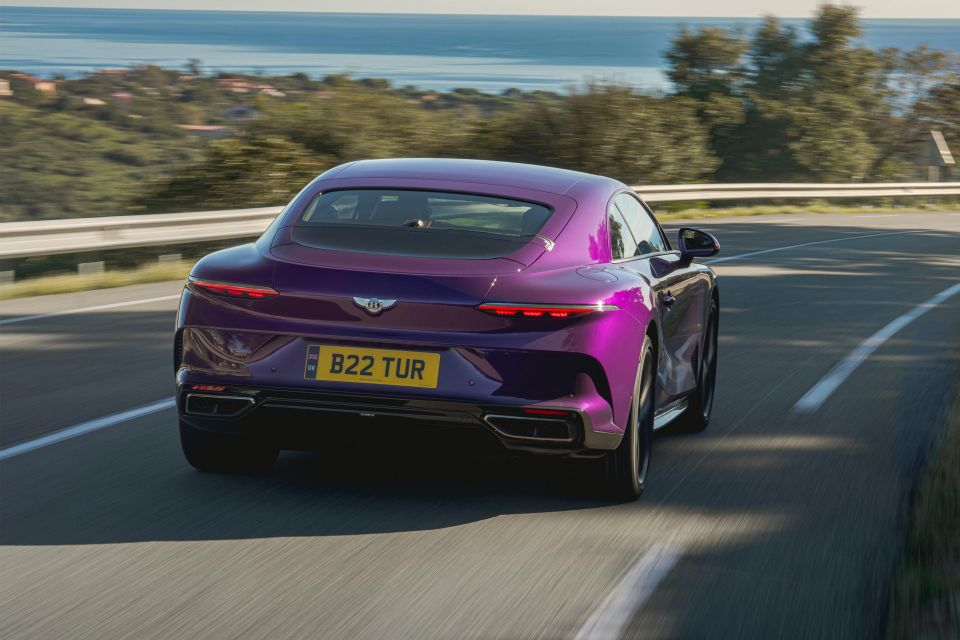
Once the W12 ends production, Bentley’s entire model line will be offered with the option of a plug-in hybrid powertrain. It’s an important step on the way to the brand’s 2030 goal of selling only electric vehicles.
Bentley says it will have manufactured over 105,000 W12-powered models by the end of production, since the engine’s launch in 2003.
It says that since the W12’s launch, its engineers have increased power by 37 per cent and torque by 54 per cent while cutting emissions by 25 per cent.
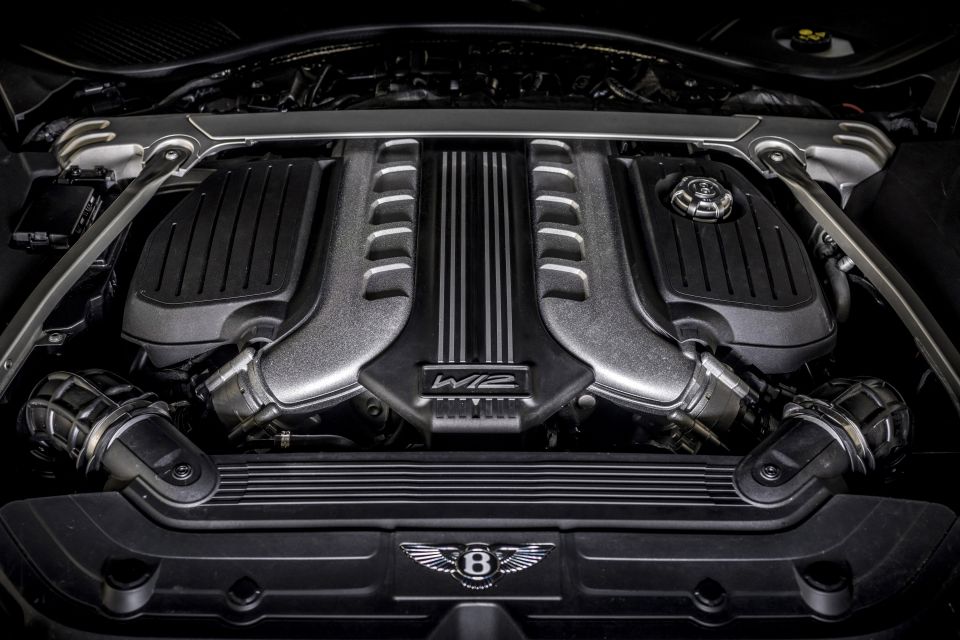
It received a complete redesign from the sump up in 2015, first deployed in the Bentayga and still in production today and incorporating cylinder deactivation, direct and port injection, and twin-scroll turbos.
12-cylinder engines are an increasingly rare breed as brands move towards electrified and electric powertrains.
BMW has ended production of its V12 engine, though Rolls-Royce – part of the BMW Group – is sticking with its V12 for the time being. Come 2030, however, it will switch to an EV-only line-up like Bentley.
Take advantage of Australia's BIGGEST new car website to find a great deal on a Bentley.
William Stopford is an automotive journalist based in Brisbane, Australia. William is a Business/Journalism graduate from the Queensland University of Technology who loves to travel, briefly lived in the US, and has a particular interest in the American car industry.


James Wong
6 Days Ago
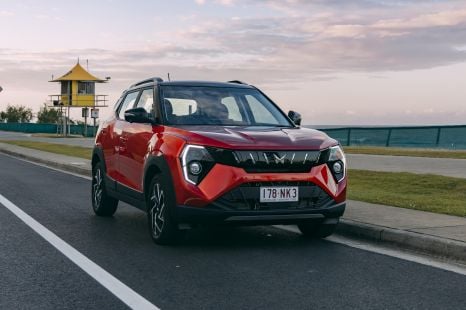

Damion Smy
4 Days Ago
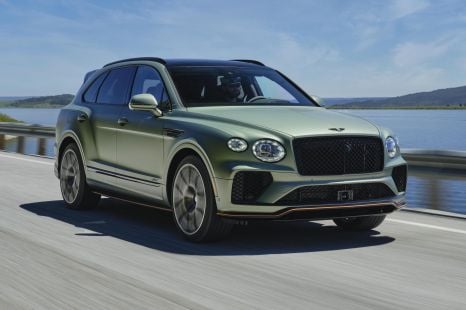

Paul Maric
4 Days Ago
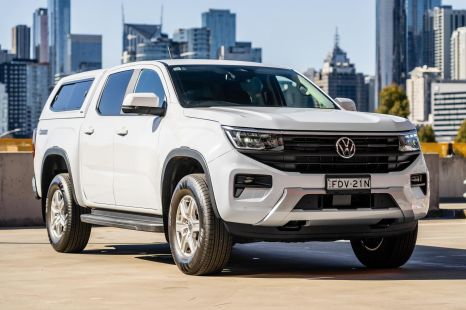

Max Davies
3 Days Ago
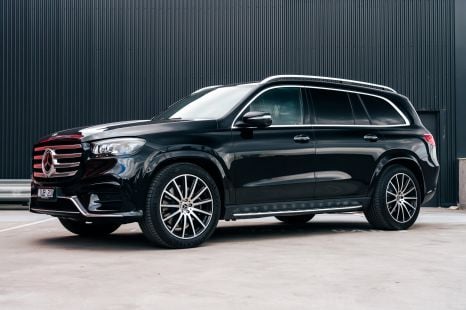

James Wong
2 Days Ago


Matt Campbell
16 Hours Ago